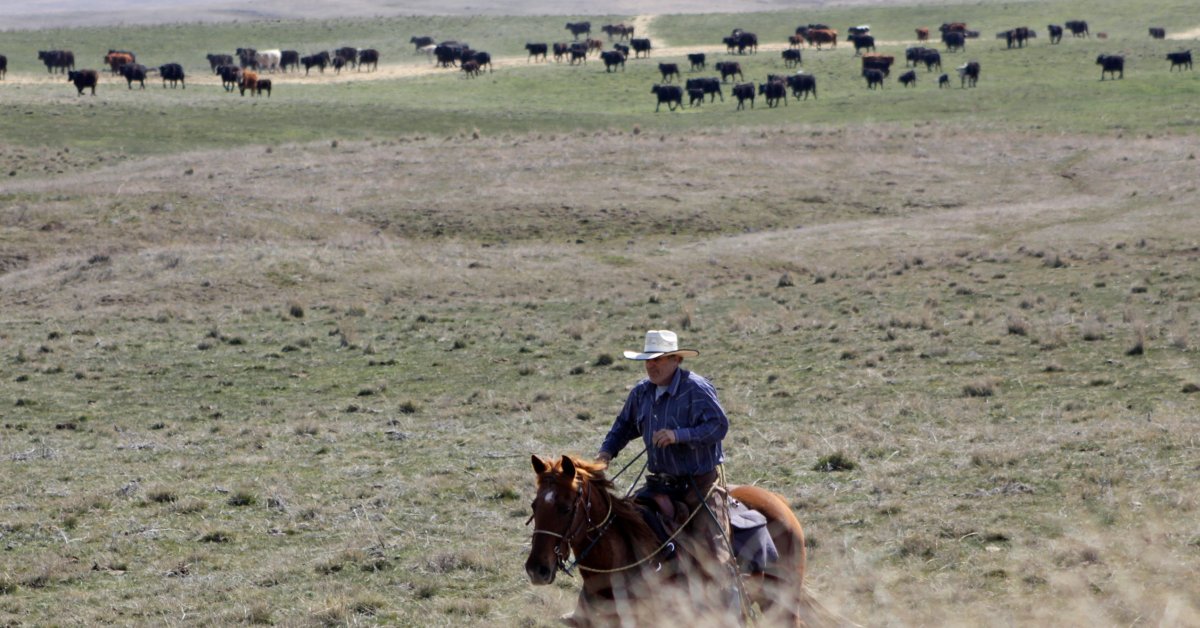Researchers suggest the poverty rate may reach the highest levels in half a century, hitting African-Americans and children hardest.
The coronavirus pandemic has shown how close to the edge many Americans were living, with pay and benefits eroding even as corporate profits surged.
Economists warn that recovering from the ‘Great Lockdown’ is going to take a long time, and millions of Americans are likely to remain out of a job through the end of the year
Jobless claims exceed 20 million in four weeks, inflicting a toll on the labor force not seen since the Great Depression.
As businesses remain closed during the coronavirus pandemic, an unrelenting jobs crisis continues to push Americans onto unemployment rolls.
By the end of the April, gig workers, people who had job offers revoked because of coronavirus, and others will be able to apply for benefits through a new state program.
Following an outbreak among San Francisco’s homeless, advocates worry smaller communities that have resisted using hotels to ease crowding at homeless shelters, such as West Haven, Conn.; Plymouth, Mass.; and Laguna Woods, Calif., will also experience a similar rapid spread of the highly contagious respiratory disease among their most vulnerable populations.
The portal is separate from the soon-to-be-launched “Get My Payment” portal that the IRS is creating for people who filed their taxes but did not get a tax refund through direct deposit.





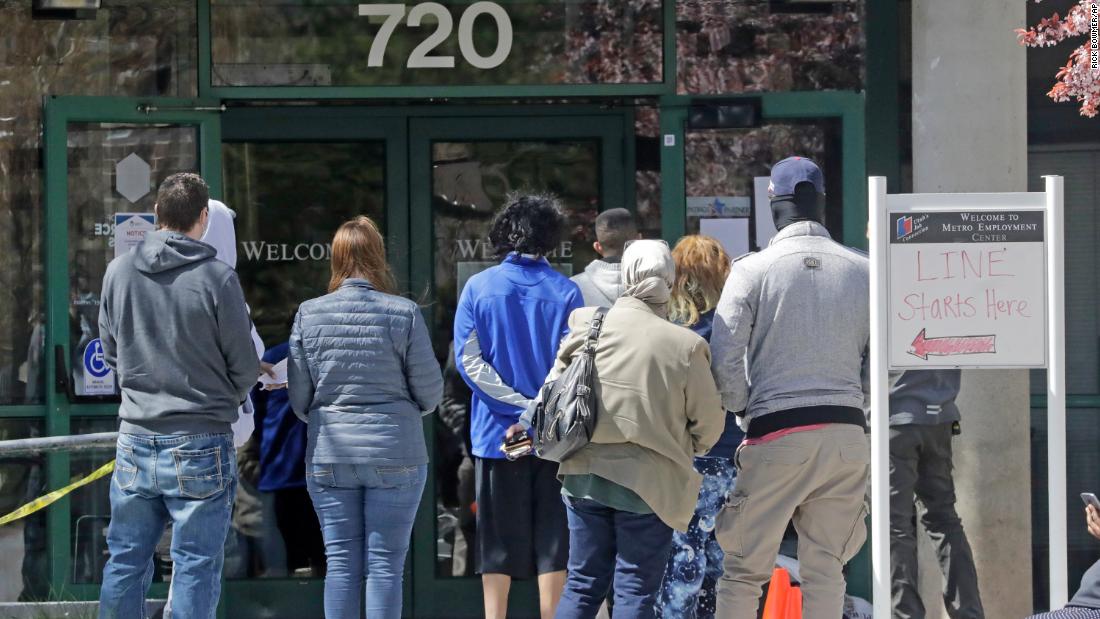
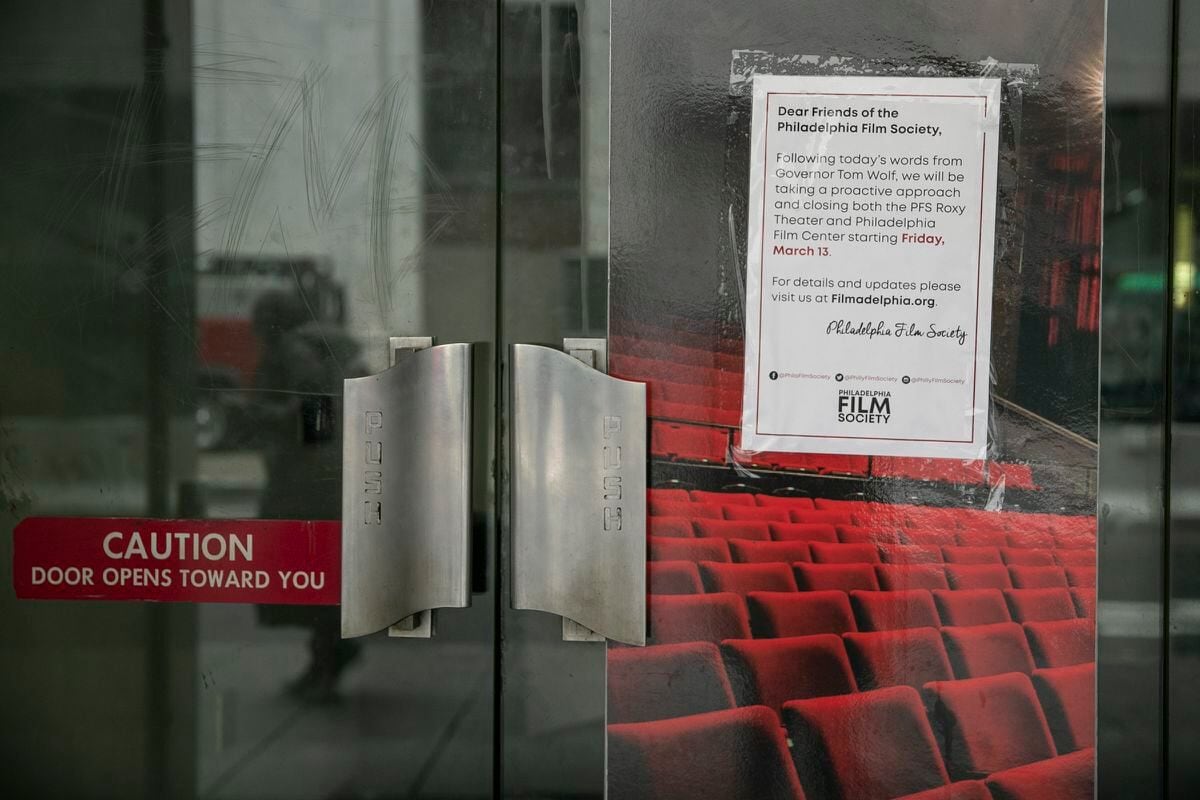

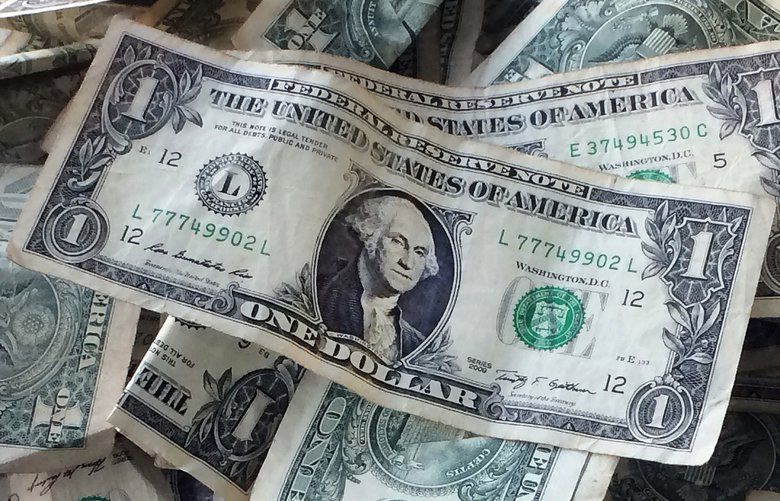
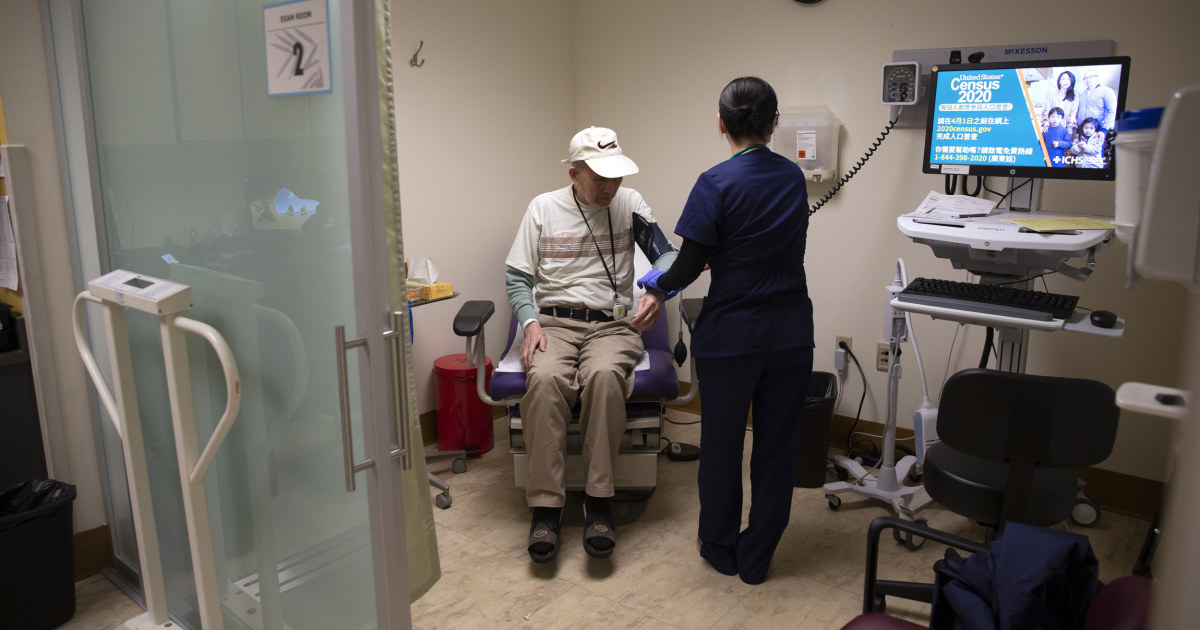

/arc-anglerfish-arc2-prod-sltrib.s3.amazonaws.com/public/SUTRE5NAPNCMLH44NFSGUSTCMA.jpg)

:quality(100)/arc-anglerfish-washpost-prod-washpost/EJYGQQDZ3QI6VG7OYW7Z2LRSRA.jpg)
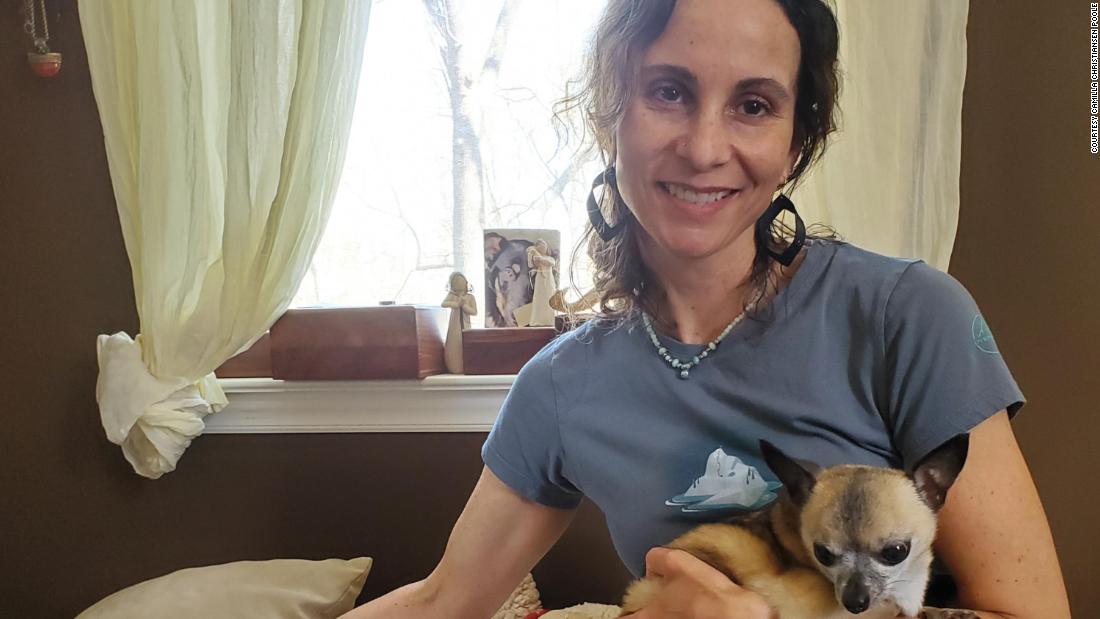
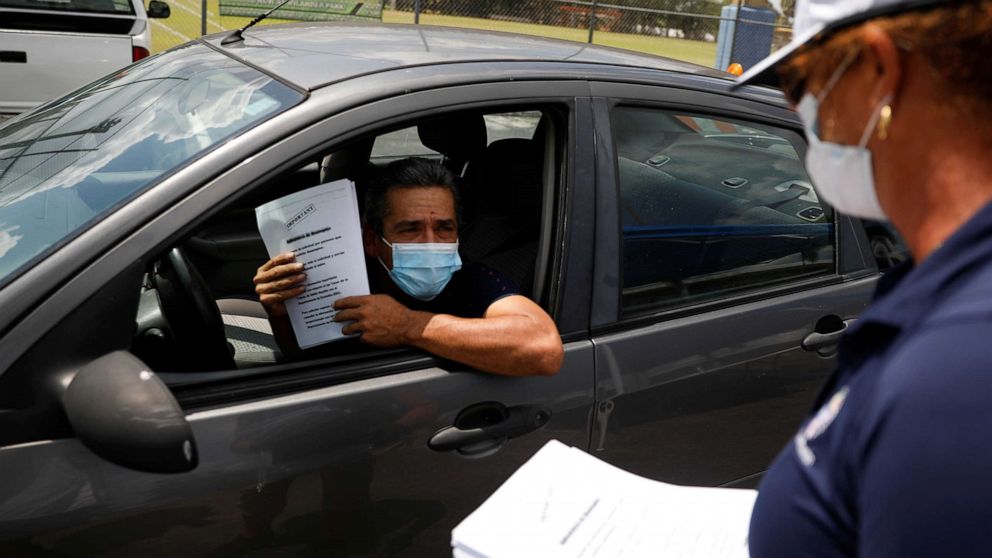
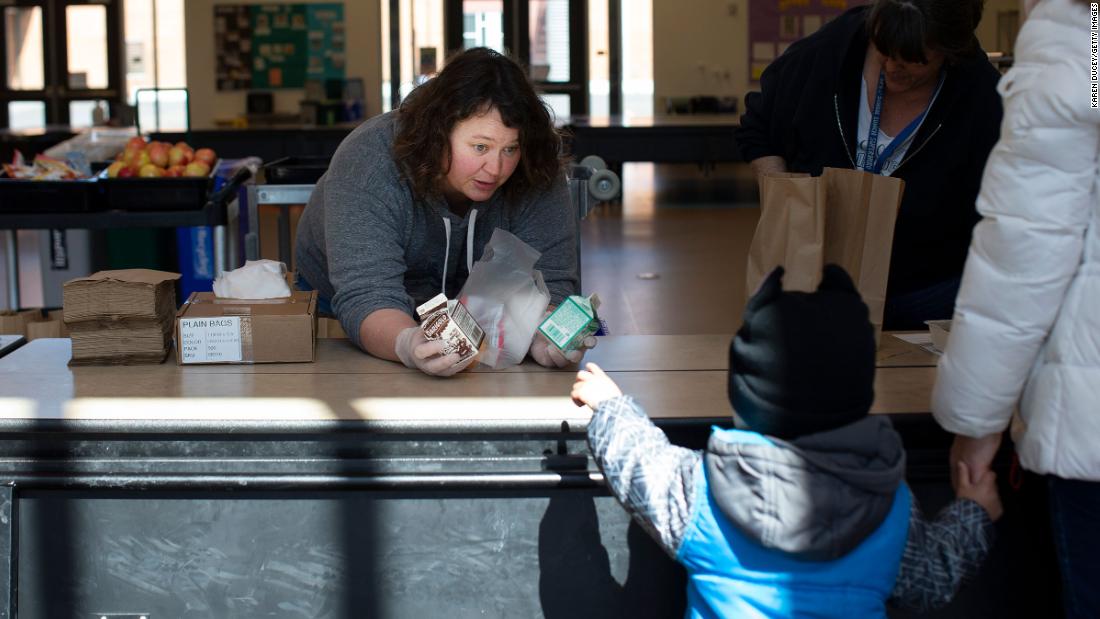
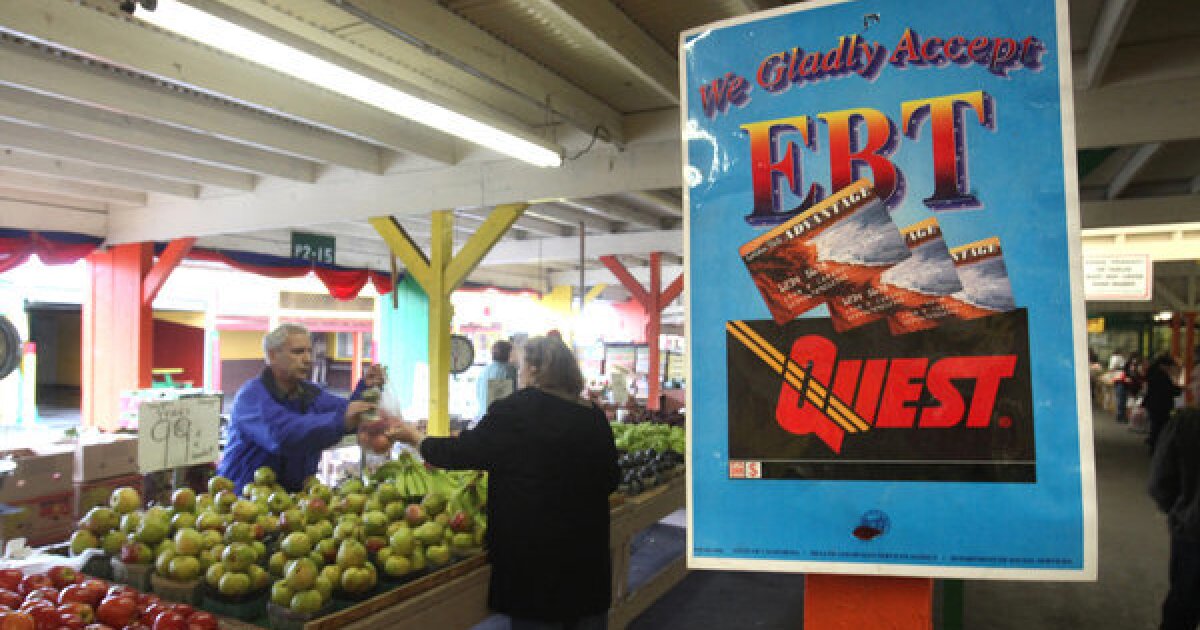
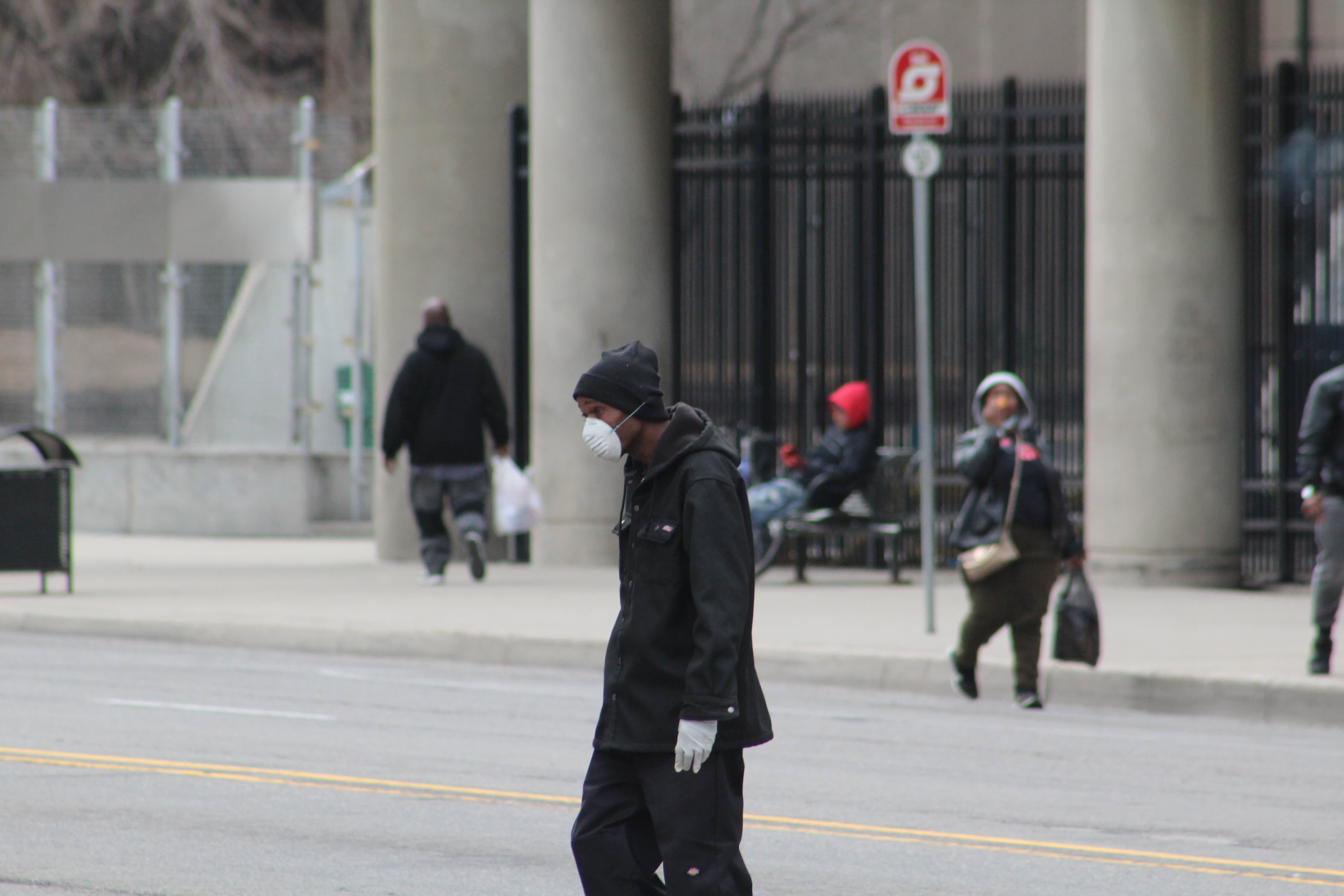
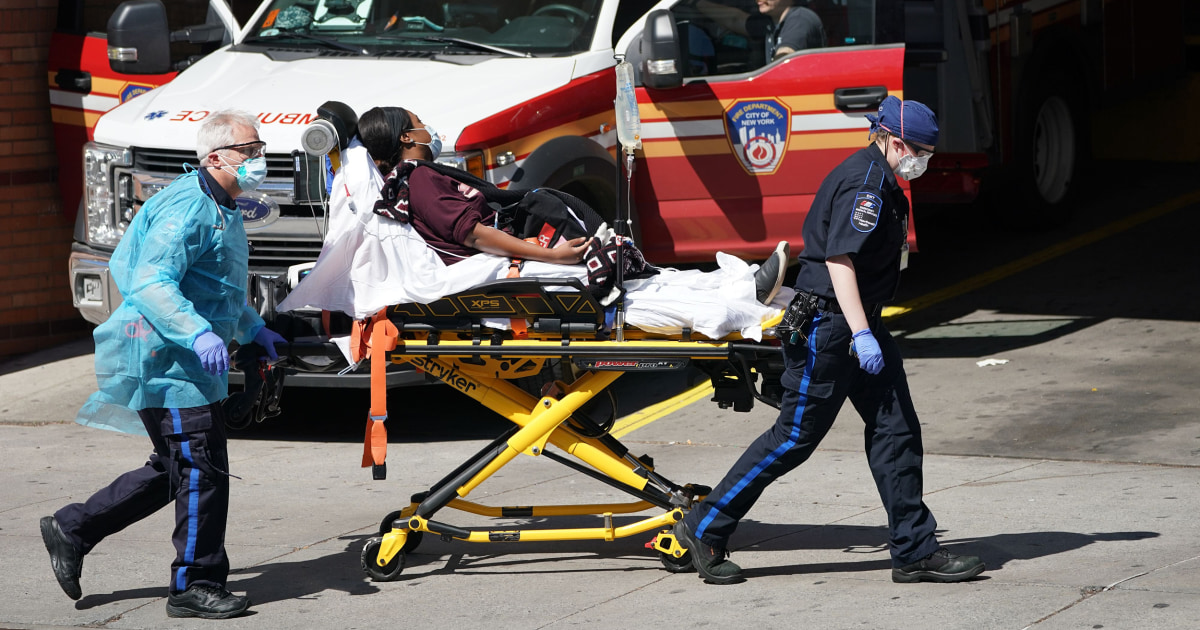
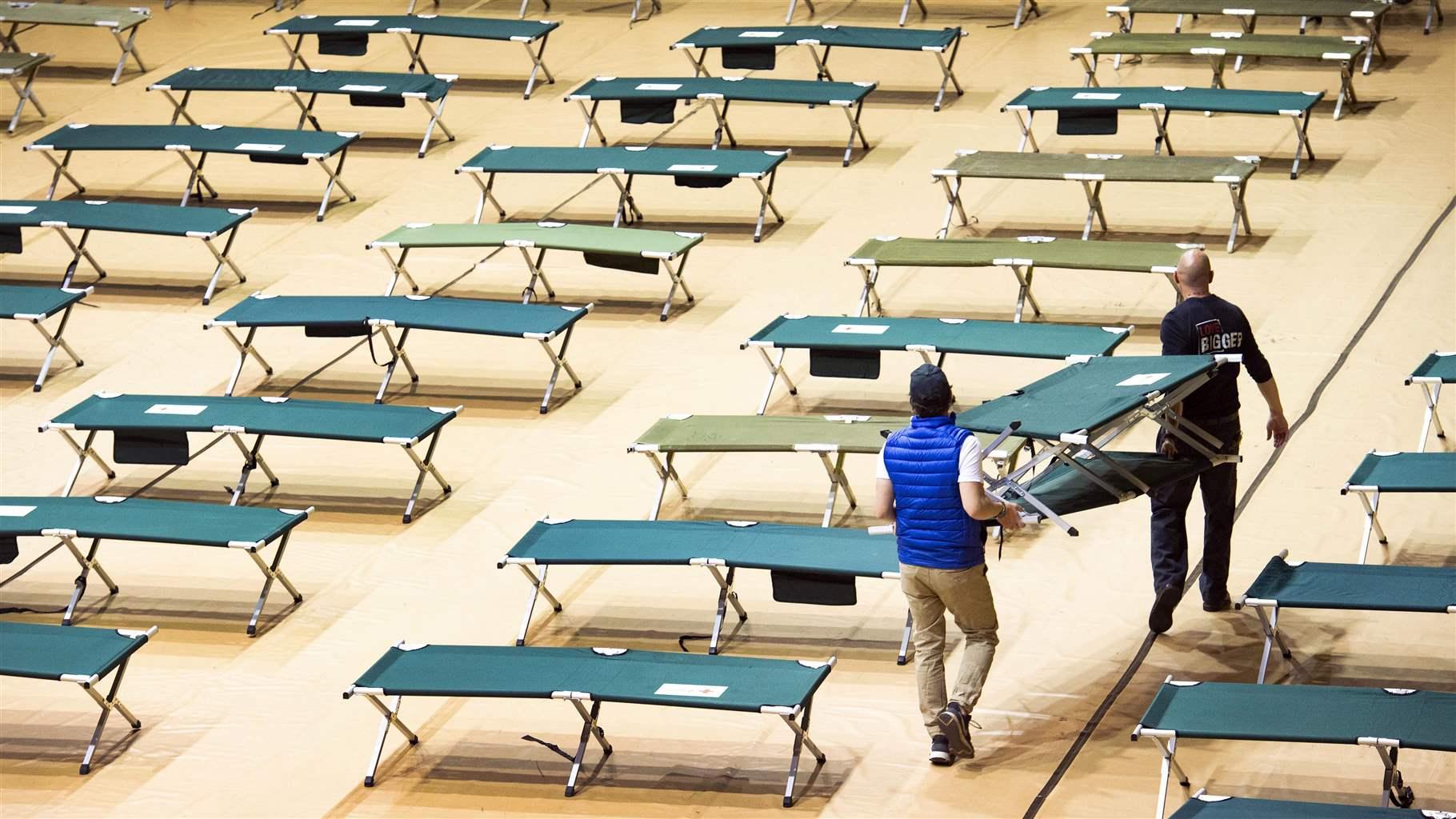
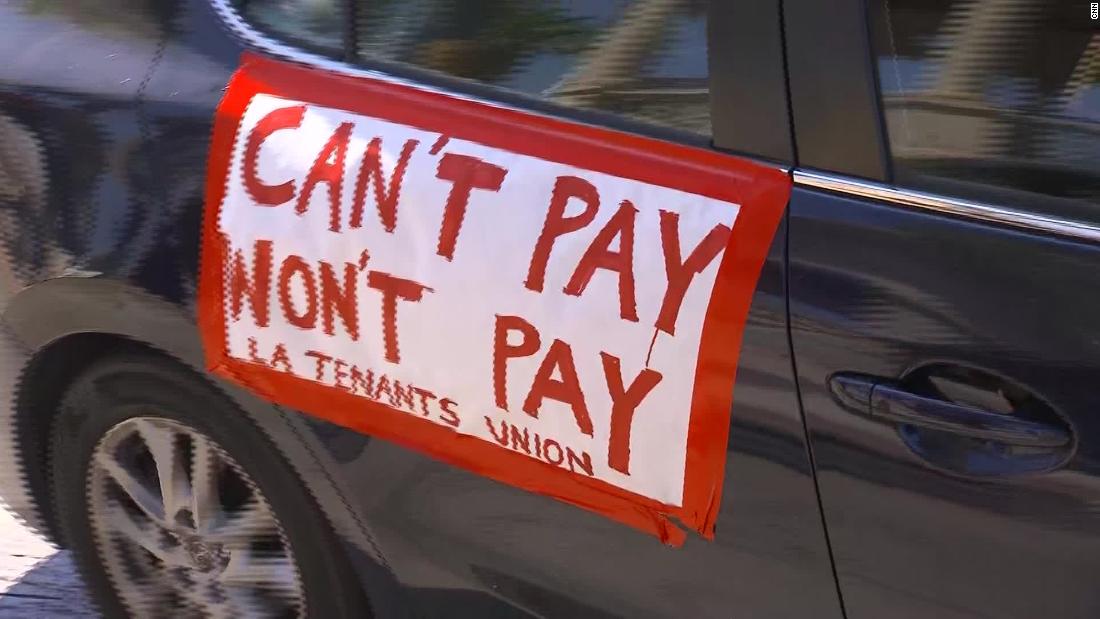



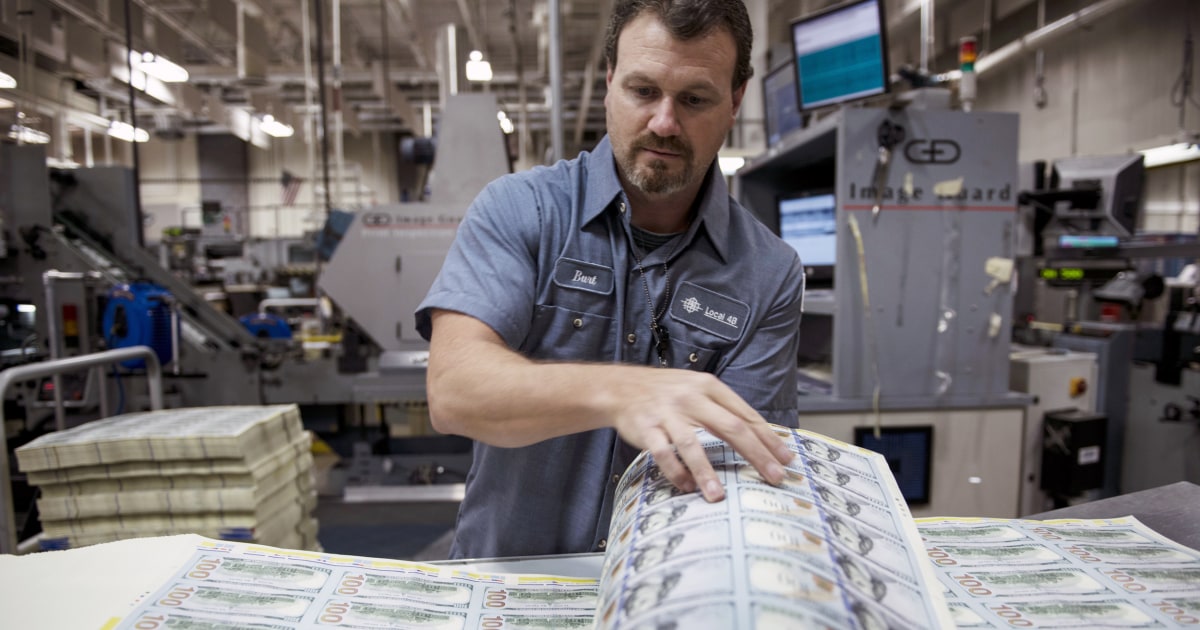
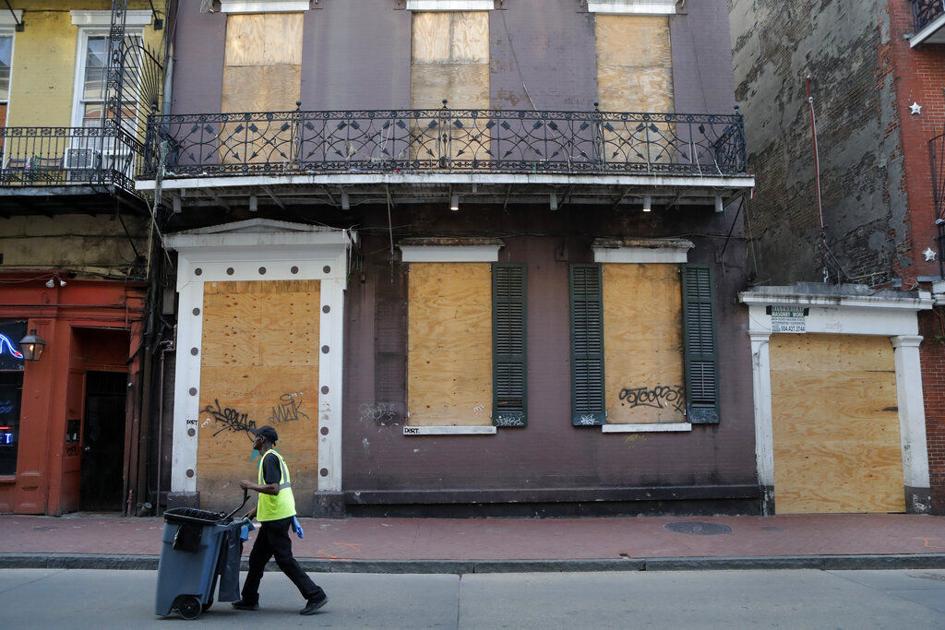


/arc-anglerfish-arc2-prod-dmn.s3.amazonaws.com/public/5IDMNQHAVVE6JEWXSGP7ASX23A.JPG)


